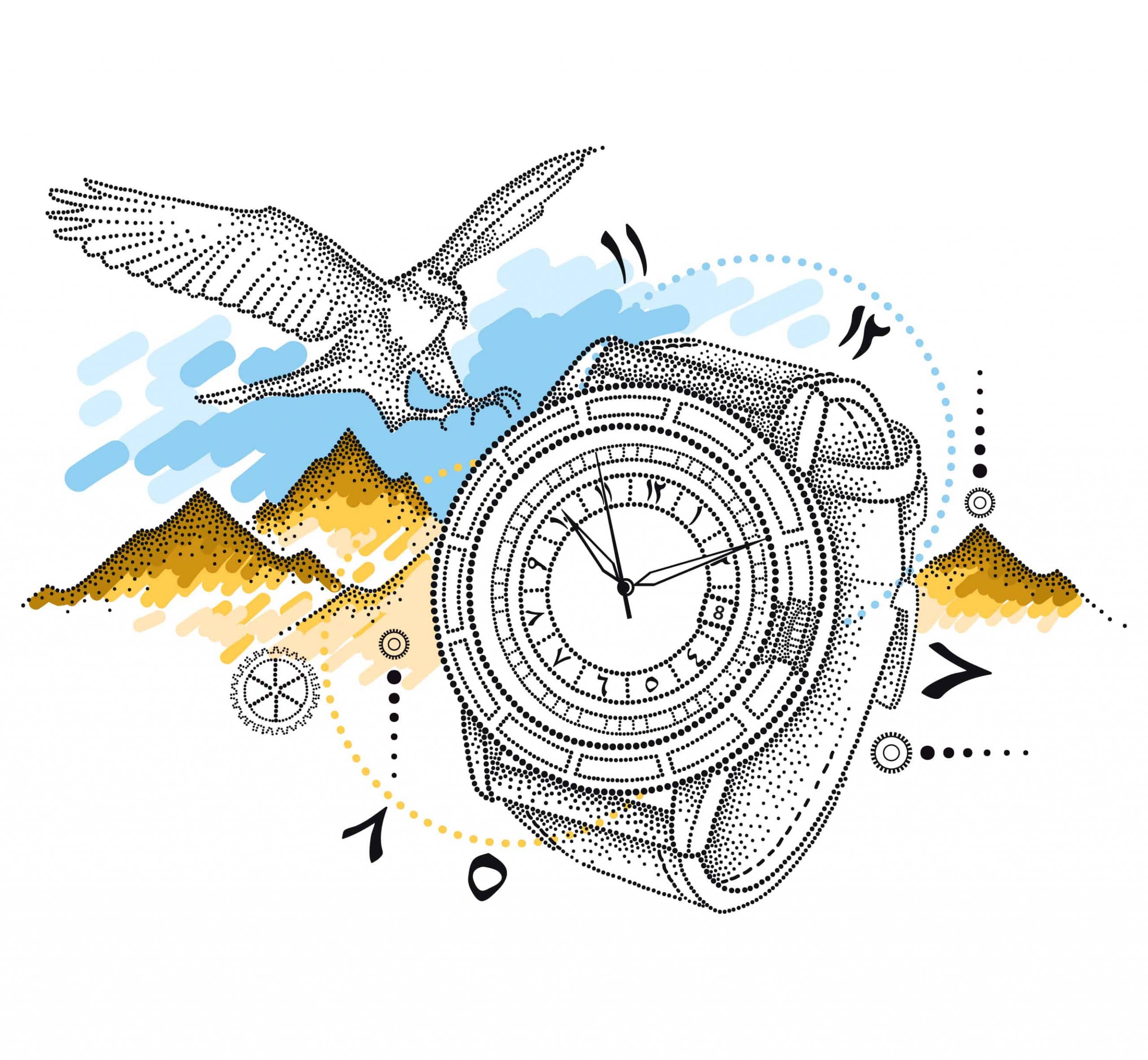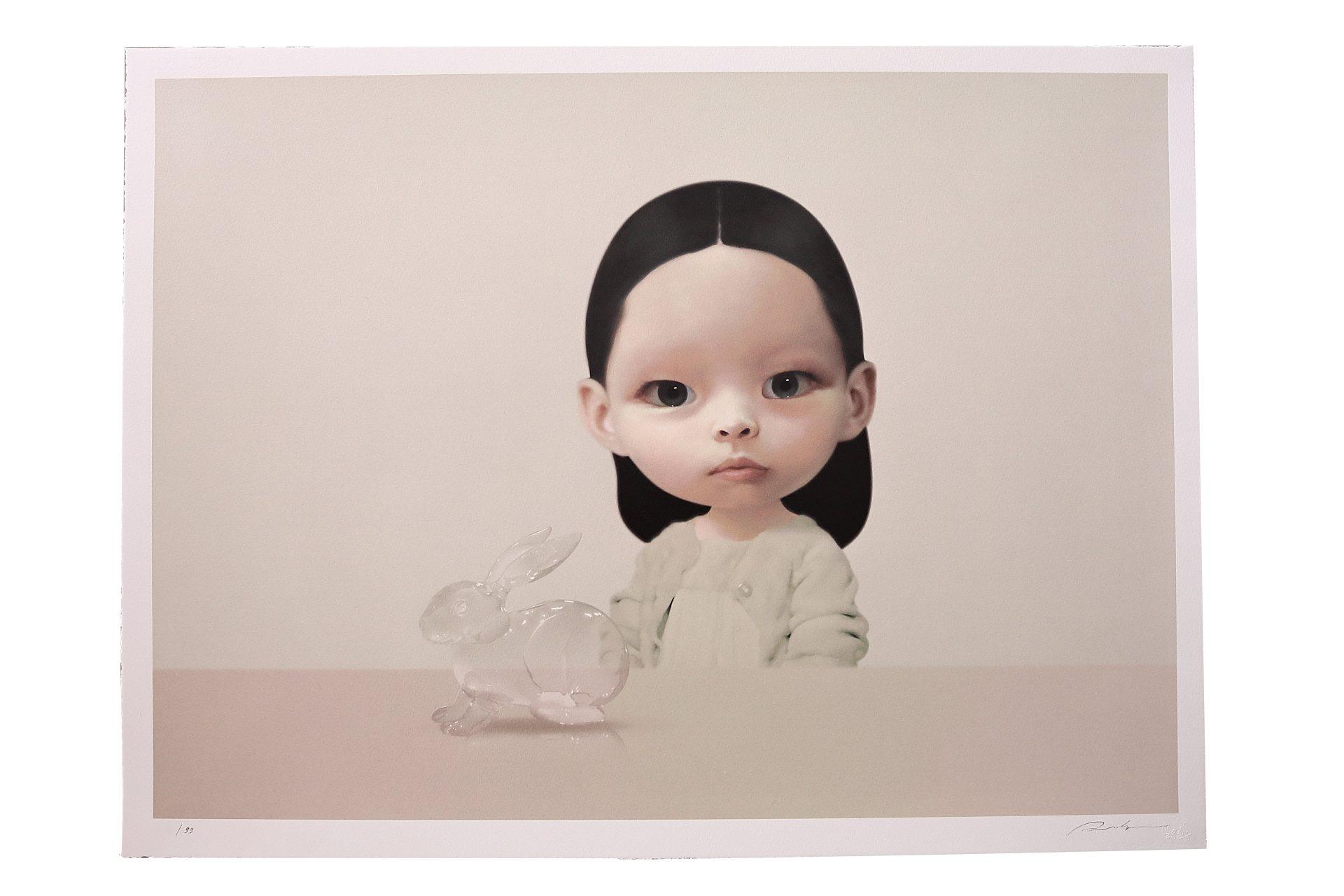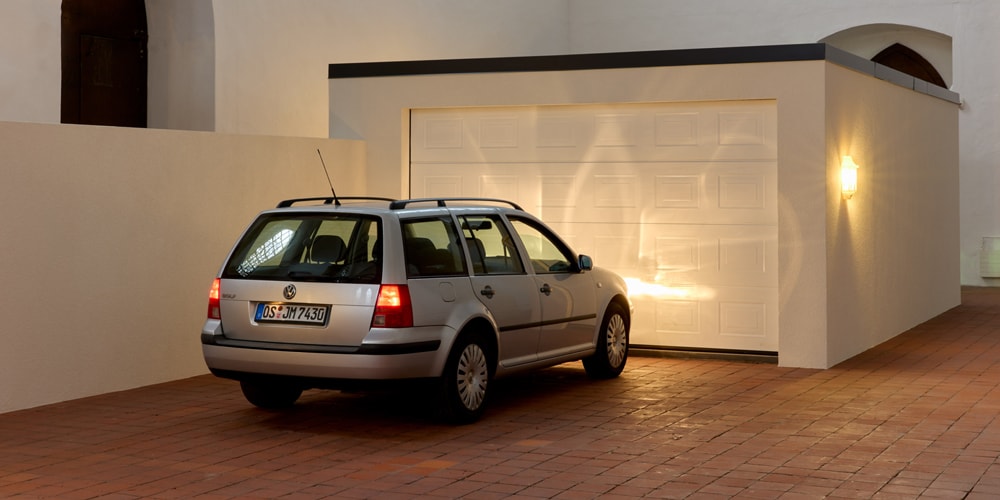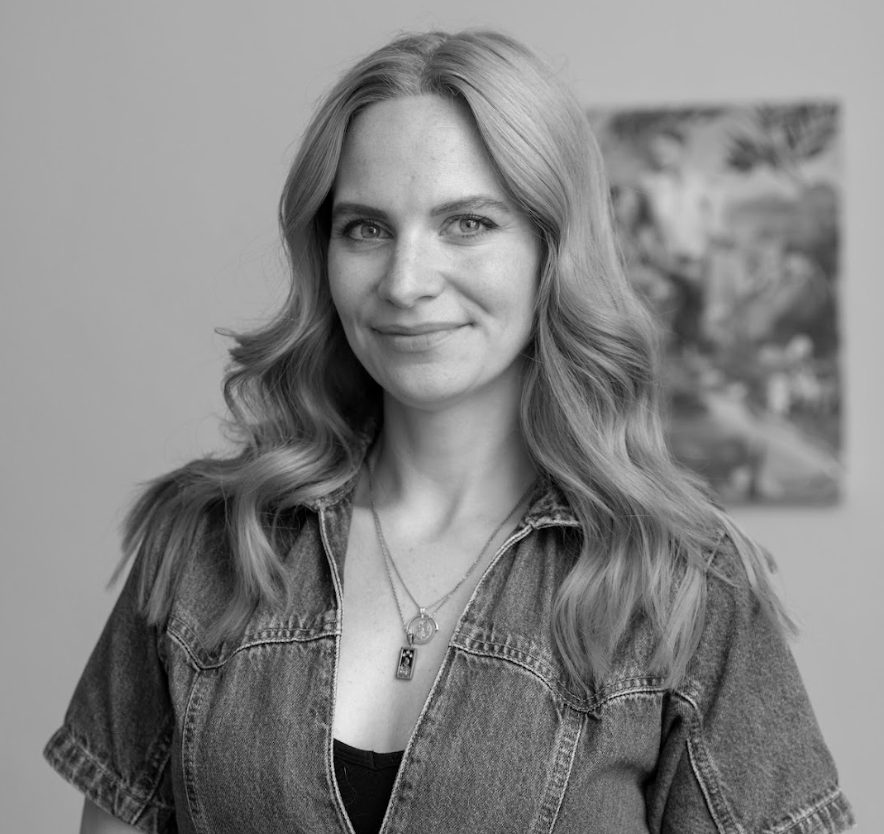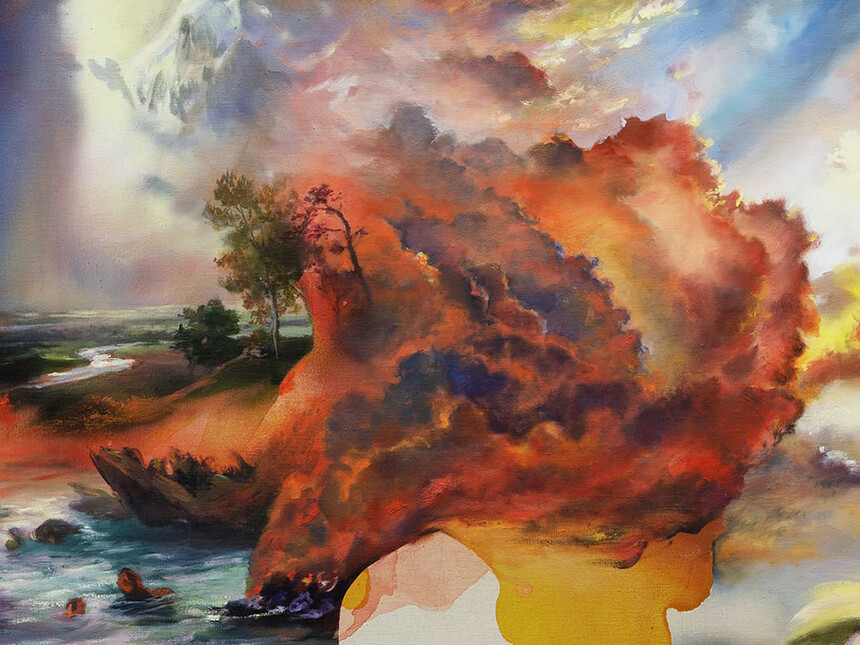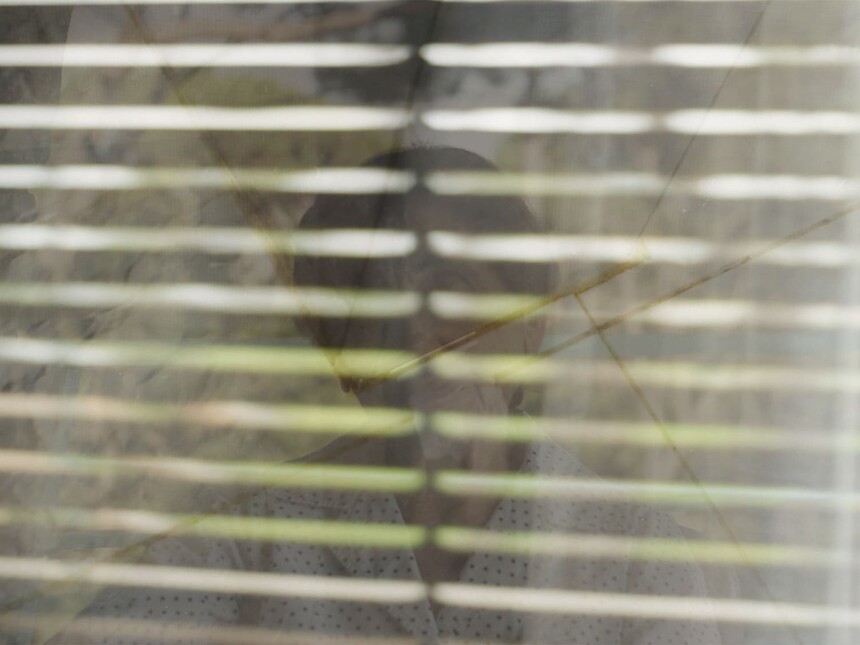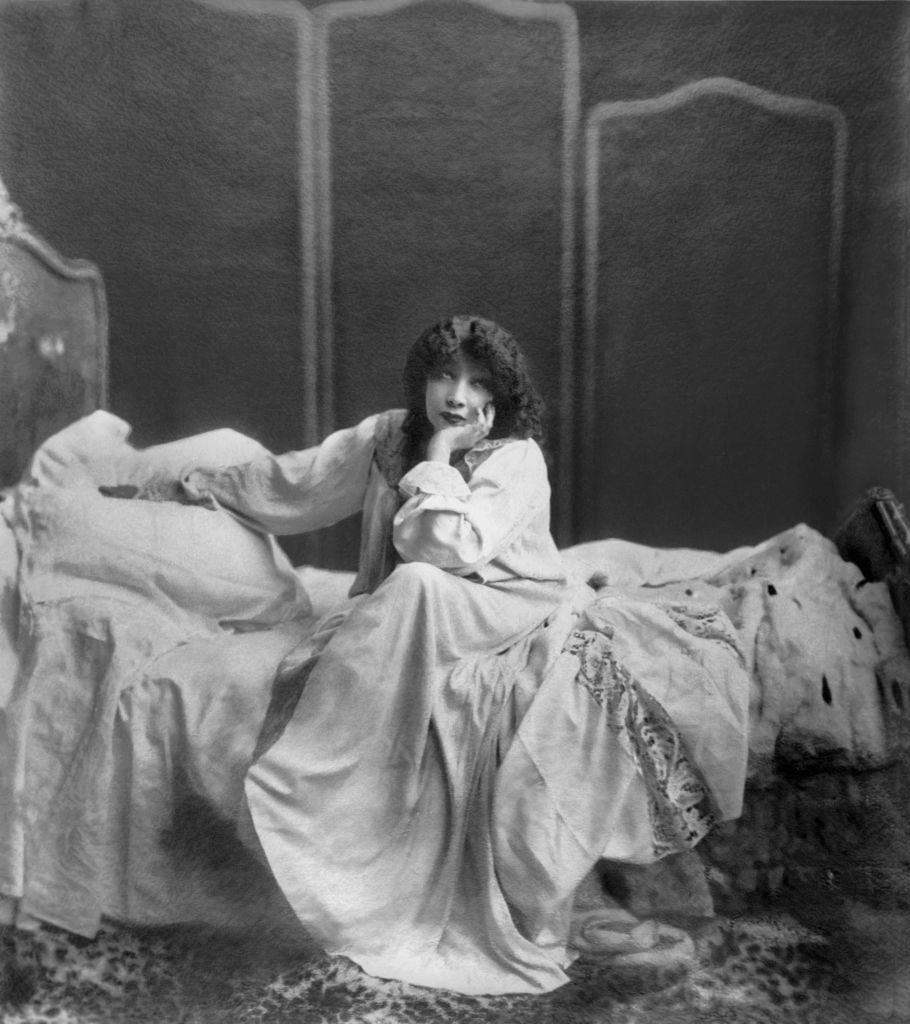Pierre Gaston Watch Introduces Eastern Arabic Dials for Their World Cultural Collection
An Inauguration With Eastern Arabic Numerals in the Pierre Gaston Watch The designers at Pierre Gaston, during the conception stage of this project, came to recognize that the vast majority of today’s watches display Arabic numerals, Roman numbers, or stick hour markers. In the rare......
Continue reading...


